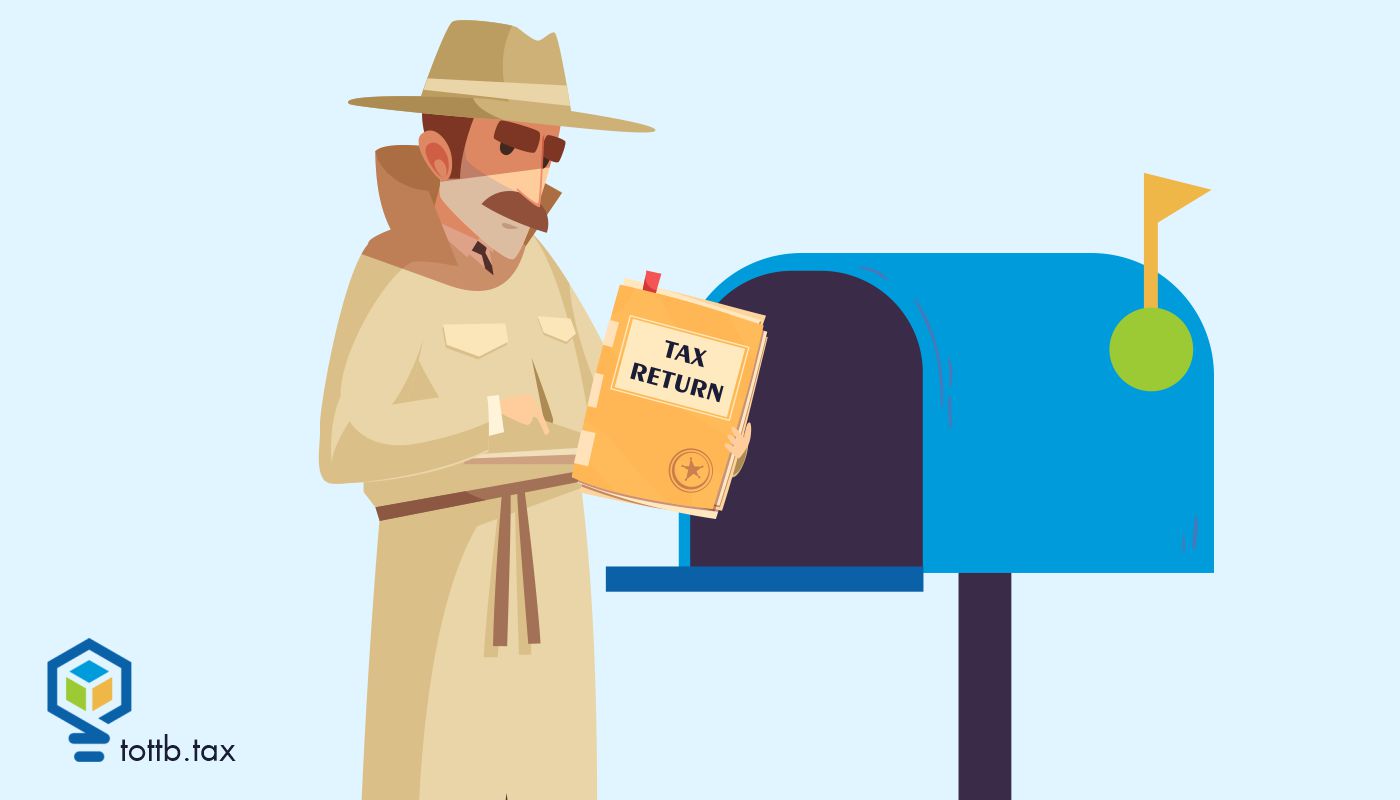The headlines have said it all. “Biden Wants up to 43 percent of Your Retirement Gains!” or “Americans Can’t Afford Biden Inflation Tax!” Also recently seen, “Biden Doubles Capital Gains Rate,” and “Biden Tax Rule Would Rip Billions From Big Fortunes at Death!” The hysteria presented in the media as we anxiously await proposed changes in tax law through the pending budget proposal has many investors debating whether or not to lock in low capital gains before anticipated tax hikes.
Wealthy investors like Jeff Bezos and Warren Buffet have reportedly been selling large numbers of stock market shares rumored as a response to news of an impending capital gains tax increase, many people are left wondering what moves, if any, should they take now to avoid higher taxes. Given that we know to anticipate higher taxes, here’s what you should do now to lock in taxes while they are on sale.
What Will Change?
The President has turned his attention to a bipartisan infrastructure framework. While the current approved version includes $953 billion in spending (far less than the originally proposed $1.2 trillion) President Biden is confident in using the budget reconciliation process to get more of his agenda passed even without Republican support.
As of this writing, most of the funding sources for the plan come from increased spending on IRS enforcement with new agents expected to double over the next five years. Additional funds come from remaining COVID-19 aid such as unemployment benefits and other relief.
But what of other proposed changes such as increasing the Social Security wage base to more than $400,000, limiting increased basis on inherited property, and the notorious 80 percent increase in capital gains tax? If you’re thinking the Senate will never get the 60 votes necessary to pass these changes, think again.
While bipartisan support is great on the infrastructure package, a simple majority can vote for most of the proposed tax increases through the budget reconciliation process. Here are some of the proposed changes:
For individuals, proposals include:
- An increase in tax rates on ordinary income tax rates from 37 percent to 39.6 percent while lowering the taxable income amount for the top tax bracket;
- An increase in capital gains and qualified dividends tax rates from 23.8 percent to 39.6 percent for taxpayers with taxable income in excess of $1 million;
- Additional limitations on itemized deductions;
- A reduction in the amount of lifetime exemption from estate and gift taxes to just $1 million plus $250,000 gain on a home;
- Elimination of the basis adjustment at death;
- Extension of the 12.4 percent Social Security tax to wages and self-employment earnings above $400,000;
- New and expanded tax credits targeted at lower and middle income households.
For corporations, proposals include:
- An increase in the corporate tax rate from 21 percent to 28 percent
- A minimum tax for large corporations;
- Penalties and incentives aimed at keeping foreign production by U.S. companies in the United States;
- Changes to the global intangible low-taxed income (GILTI) rules.
What to Do Right Now
In future articles, we’ll focus on bringing you effective strategies to combat many of the proposed increases as described above. After spending the majority of my career in Advanced Tax Reduction, one thing I’ve learned is true: No matter what tax law is in place, there are loopholes to get around it.
Today, however, let’s focus on the staggering proposed tax increase on capital gains and what steps you should take, dear readers, to protect yourself before this goes into effect.
First, let’s examine the proposed change both in structure and form to better understand current options and workarounds. The proposal includes a rate increase for some, not all, taxpayers earning income through capital gains.
Capital gains is one way wealthy investors continue to pay notoriously lower taxes than employees. Most income earned by working stiffs is taxed as compensation, that is, it is taxed at ordinary income tax rates.
Long-term capital gains rates starting at 0 percent and peaking at 23.8 percent (highest capital gains rate plus Net Investment Income Tax of 3.8 percent) are tax rates investors tend to pay on income derived from selling things like stock, cryptocurrency, real estate, and other assets held longer than one year.
The proposed changes include changes to the capital gains rate structure itself as well as changing the rates. Biden has promised not to raise taxes on those making less than $400,000 per year, but changes in the rate structure could impact those in lower income brackets.
For example, the current capital gains rate structure does not apply the highest capital gains rate of 20 percent until earning more than $500,000 for married couples filing jointly.[1] Let’s say the maximum amount of the 15 percent capital gains rate is lowered to $300,000, those making between $300,000 and $500,000 will experience an increase in capital gains tax even if the rate is not changed.
When you combine the structure change with a change in rate, as well, it is possible to see much larger changes in effective rates; however, Biden has repeatedly said the rate increase to 43.4 percent is intended for taxable incomes higher than $1 million.
5 Strategies to Avoid Capital Gains Tax Increase
- Defer and Shift Income. Given the composition of the proposed changes, one of the biggest defensive tools we have is the use of any strategies reducing taxable income. Since we don’t yet have the proposed changes to the bracket structure for capital gains, let’s use the current structure as an example. Let’s say that instead of the current 20 percent capital gains rate, the rate is increased to 39.6 percent for taxable income higher than $501,600. Tactics such as income deferrals through retirement plans, income shifting using corporations, or not recognizing gains can help reduce taxable income. Lowering taxable income below the threshold will decrease the capital gains rate paid.
- Accelerate Current Capital Gains Recognition. While it might be tempting to go ahead and lock in today’s low rates before the changes go into effect, it is important to remember that tax law changes can be retroactive. Consider many of the changes related to recent COVID-19 legislation were retroactive in some cases to 2018.
Therefore, you run some risk in racing to get the sale price on capital gains rates before the increase. I generally recommend always working with what we know to be true today when tax planning. It may be tempting to lock in a 20+ percent tax savings, but anything can happen before the change finalizes, including no changes to capital gains at all. Do you really want to incur gains at a higher rate if the change is retroactive to January 2021?
Once we know the actual law, we’ll also know the effective date of the rate change, and you can plan accordingly. Let’s say your income is higher than $1 million and the rates will increase in January 2022, you can take action with that certainty later this year.
- Capital Loss Harvesting. One thing not mentioned is a change to the netting process of deducting capital losses against capital gains. If you are facing a large capital gain because of a retroactive change or future change, one way to reduce your exposure to capital gains tax is to reduce your gain by deducting unrealized losses through tax swaps.
“Tax swaps,” or harvesting tax losses, is a process whereby you sell your holdings in one stock at a loss and subsequently purchase another stock that is in the same family but is not an identical replacement. At the end of the swap, your portfolio appears the same, but you can claim a deduction for losses on the original stock you sold.
Trades like this work for mutual funds, bonds, and stocks. You could swap one growth fund for a different one, one software manufacturer for another software company, or one municipal bond for a second one. Then, you can offset the unlimited gain with short- and long-term losses, which enables you to deduct $3,000 in capital losses against your regular income if you’re married and filing jointly, or $1,500 if you’re filing separately.
Example
Let’s say that you bought 100 shares of XYZ Growth Fund for $100 apiece on January 2. By the end of June, they dropped to $80 per share. You would sell them to get the $2,000 in taxable loss and then turn that money around to buy $8,000 worth of ABC Growth Fund.
Be careful with this strategy so that you don’t run afoul of the “wash sale rules.” Should you, a corporation, or your spouse substitute the first investment with a reasonably identical security option or with a contract to acquire a reasonably identical security within a month before or after selling the first security, the loss is disallowed and called a “wash sale.”[2] You might also try to double up by purchasing an identical entity more than 31 days before you sell your old entity.[3]
Looking to avoid the wash sale rules altogether? Try recognizing losses from cryptocurrency. The wash sale rules don’t apply to crypto investments because they are treated as property.[4]
- Look for a Loophole. The tax code is chock full of legal deductions and breaks. It pays to know them, because if you didn’t know, you could lose the deduction. There are many special exceptions for capital gains. For example, pay attention when you sell certain “collectibles” like art and antiques. Instead of a tax rate on long-term capital gains, you’ll pay 28 percent, but this can save you money if capital gains rates rise.
Selling a primary residence also results in long-term capital gains if you’ve owned it for more than one year. The tax code contains a special loophole found in Code Section 121 that allows you to sell your principal residence, in which you have lived for two out of the past five years and withdraw the profit tax-free: up to $500,000 if you are married and filing jointly, or up to $250,000 if you are single.
Finally, watch for selling qualified small business stock. This loophole allows up to $10 million of exempt income when selling certain stock.
- Use Engineered Tax Strategies. These strategies can help you defer, reduce, or even eliminate taxes altogether on capital gains. Selling real property? You can use a number of tax-reduction and deferral strategies, including installment sales, structured sales, 1031 exchanges, and a charitable trust.
If you are selling a business, you may want to consider using an installment sale, a structured sale, an ESOP, or a charitable trust to limit the capital gains taxes you must pay after the sale of the business.
While it’s not easy to wait to take action, patience can be a valuable exercise while we wait to see the results of the negotiating and voting. In the meantime, develop a plan with today’s law and prepare to act quickly when we know what will be different.
Summary
One category of taxable income comes from profits you earn when selling property held for an investment or business purpose. Short-term gains are taxed at your ordinary income tax rate. For long-term gains, the current tax cap is just 20 percent. So if you’re paying more than this on your income, earning your income from long-term capital gains is one way to lower the amount of tax you pay.
However, President Biden has made proposals to increase the amount of taxes paid particularly from taxpayers who make more than $400,000 per year. One of these suggested tax increases is on long-term capital gains rates. The proposed increase could be as high as 39.6 percent (43.4 percent with NII tax) for earners with more than $1 million in taxable income.
As with all proposals involving tax, take action only using current tax law effective today. Once we know the effective dates of any increases, we can still minimize the tax impact of these increases using tax deferrals, income shifting, capital loss harvesting, loopholes, and tax-engineered strategies.











